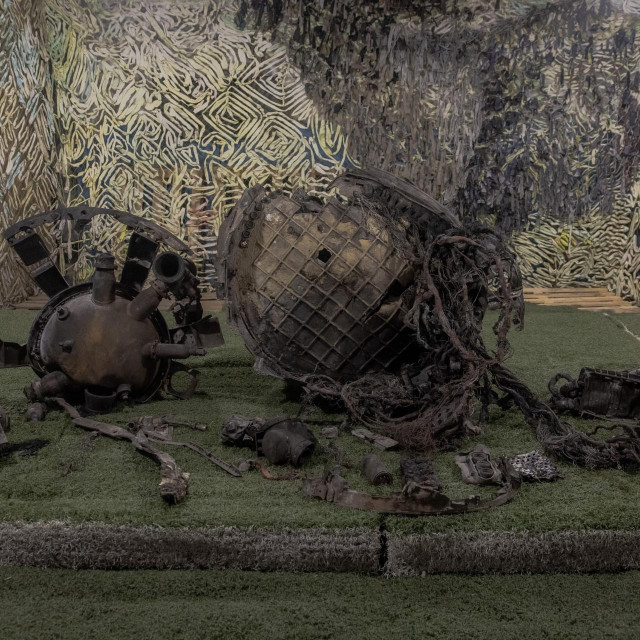
Krajem 19. stoljeća neki majstor je pomislio kako bi bilo dobro napraviti grad točno iznad jednog od najvećeg rudnika soli na svijetu. Nakon 140 godina taj rudnik je i dalje u funkciji, ali stanovnici Bereznika pate. Razlog nije teško pogoditi - grad jednostavno tone.
Berezniki je grad od 150.000 stanovnika na Uralu sagrađen točno iznad golemog rudnika umreženog mnogobrojnim tunelima. Područje je prebogato kalijevom solju, a Rusi su to odlučili maksimalno eksploatirati bez obzira što iznad rudnika ljudi žive, rade, djeca im idu u školu...



I sve je to nekako izdržalo do 2007. godine kada se usred grada odjednom pojavila rupetina široka 400, a duboka 700 metara. Ljudi su ostali šokirani, ali bio je to tek početak njihovih nedaća. Tlo je pod njima stalno podrhtavalo, svakodnevno su se otvarale nove rupe. Neke su bile toliko male da nisu uspjele 'progutati' ni automobile, ali bilo je onih i veličine nekoliko nogometnih terena. Ubrzo je cijeli grad počeo tonuti, zemlja ga je doslovce proždirala.


Vlasti su cijelo vrijeme smirivale paniku i govorile stanovnicima da je sve u redu, ali baš svima je bilo jasno da ništa nije kako treba biti. I da će uskoro cijeli grad nestati.

Prošlo je više od 12 godina od kolapsa rudnika i podzemnih tunela, a situacija u Berezniku nije se promijenila. Zgrade stoje nakoso, neki dijelovi grada izgledaju poput napuštenih gradova oko Černobila, goleme rupe ispunila je voda... Novinari Russia Todaya u zrak su vinuli dron i zorno svijetu pokazali kako izgleda grad koji tone.







Za sudjelovanje u komentarima je potrebna prijava, odnosno registracija ako još nemaš korisnički profil....